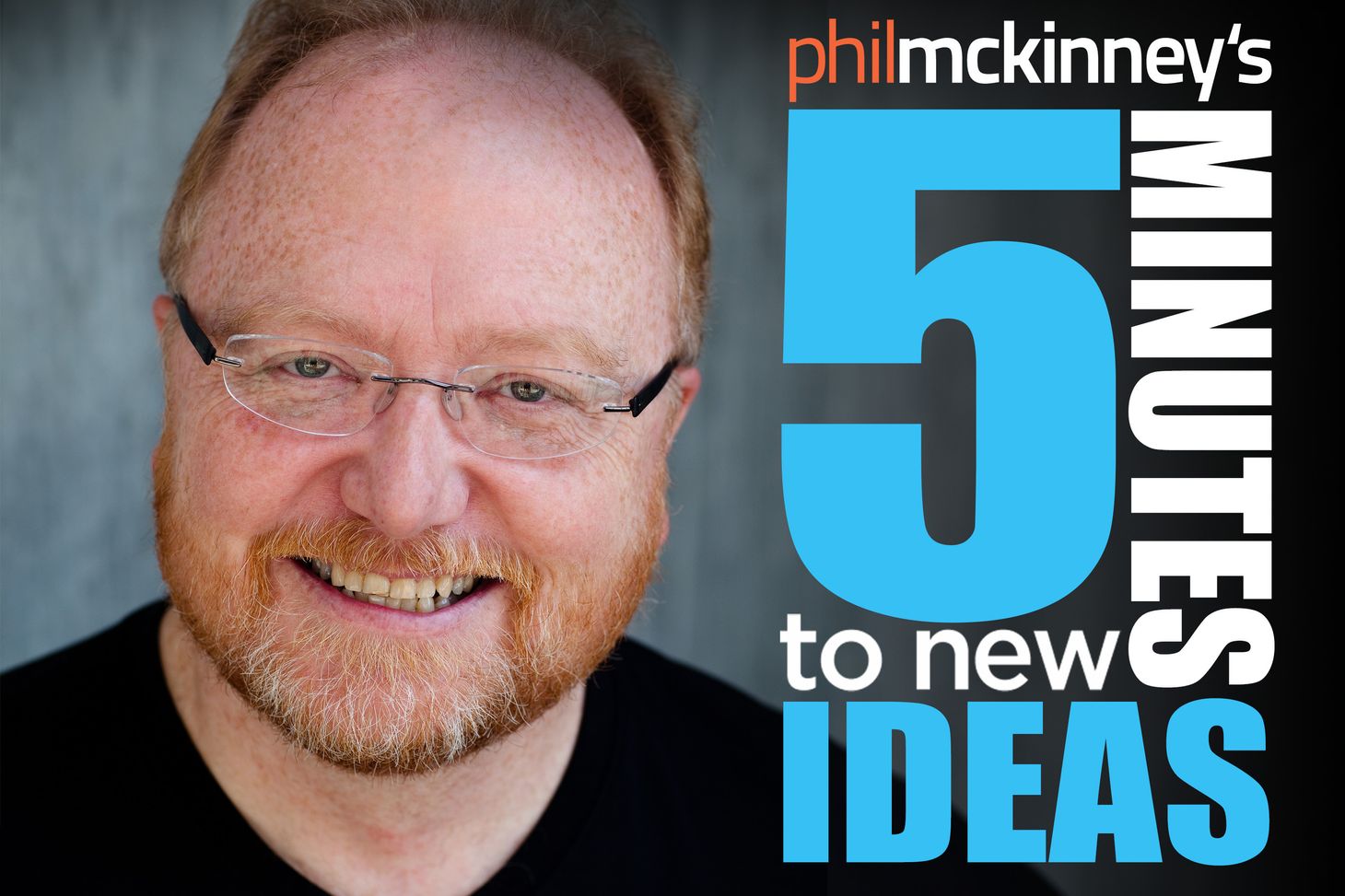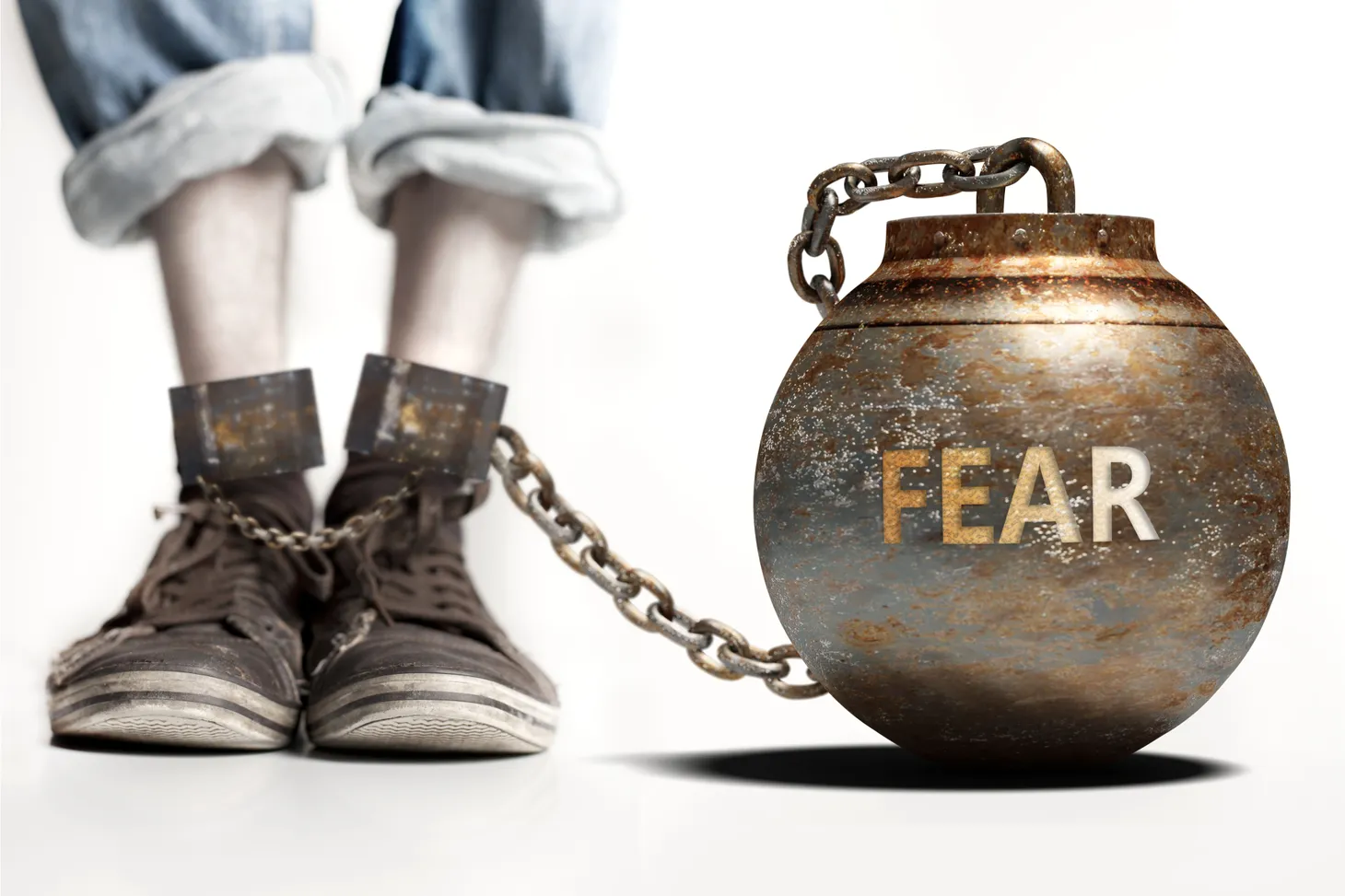What is the process used by my customer to discover my product

Do you have a digital twin?
The concept first formed on consumer sites like Yelp, but it’s becoming a catchphrase in marketing and sales.
The idea is that dedicated users of sites like Yelp eventually notice that there are other users whose tastes, interests, and “favorites” match their own.
These digital twins do not “know” each other in the traditional way.
They most likely never communicate directly with each other, but a link forms as one person realizes that the other seems to like or dislike the same brands that he or she does.
Both twins’ tastes align across a number of sites.
People start to trust these twins to the point where they bypass the process of reading multiple reviews, and simply check to see what their twin thinks.
Eventually people start to value their digital twin’s opinions over their own.
Recently I was looking for a barber, since my previous one made the inconvenient decision to retire.
I went on Yelp and found a local husband-and-wife shop that had more than a hundred five-star reviews.
I showed up one Saturday for a cut.
Sure enough, the line was out the door and the service was great.
Now, I’ve never met any of these reviewers, but my instinct was to trust the collective voice of the group.
This is a huge change from the old days when I would have gone into work and asked my buddies in the office for a recommendation.
The power of the anonymous point of view has been amplified.
And it is incredibly hard to control.
Customers used to be much more influenced by sales guys in making the big purchases, but now an individual can walk into a store already sold on what brand and item they want—even if it’s an item they have no real experience with or knowledge about.
So what’s the end result? There’s been a huge swing in influence.
The individual voices of happy or dissatisfied customers has been amplified—way beyond the power of an individual voice in the pre-Internet era.
Brands have lost some control, and advertising or sales reps are losing their ability to influence the sale.
This is a huge shift from how people used to be swayed in making their buying decisions.
Customers are relying on sites like Yelp, digital twins, and other forum sites because they want to reduce bias in their purchasing decisions.
We are all savvy to the way advertising or paid product placement can influence us to buy things that might not be right for us.
We weight our purchasing decisions more heavily toward these anonymous voices because we think that doing so will help us to make better decisions.
We want our decisions to be less about who had the best advertising campaign and more about who has the best product.
Granted, most users are sophisticated enough to understand how these review sites “work.”
A small number of highly positive reviews are a less accurate reflection of the actual experience of buying from this store than a larger number of mixed reviews.
Once you get north of fifty or a hundred reviews, the sheer volume of reviews makes it harder to game the system.
Users know that they can throw out the extreme reviews.
The very low and very high scores are most likely biased, and can cancel each other out.
Once these extremes are gone you are left with a more meaningful and less corruptible medium review.
The key element of using a digital twin is to find that one person who is so central to a network that they sway the opinions of others.
Or, perhaps more interestingly, explore how you can replicate the experience of a digital twin in a more controllable, less organic state.
How can you give your user the feeling that your product is approved of and supported by someone whose taste is trusted by “the crowd”?
Digital twins are the next logical progression from using celebrities to promote products.
These anonymous voices can become highly targetable and very localized microcelebrities who have a sense of authenticity that comes from the social media they use.
So, how will you use them to your advantage?
[Sparking Points]
How are your customers influenced to buy your product?
How will your customer discover and select your product in five years?
How could you get your customer to buy your product if you stop paying commission or buying advertising?




